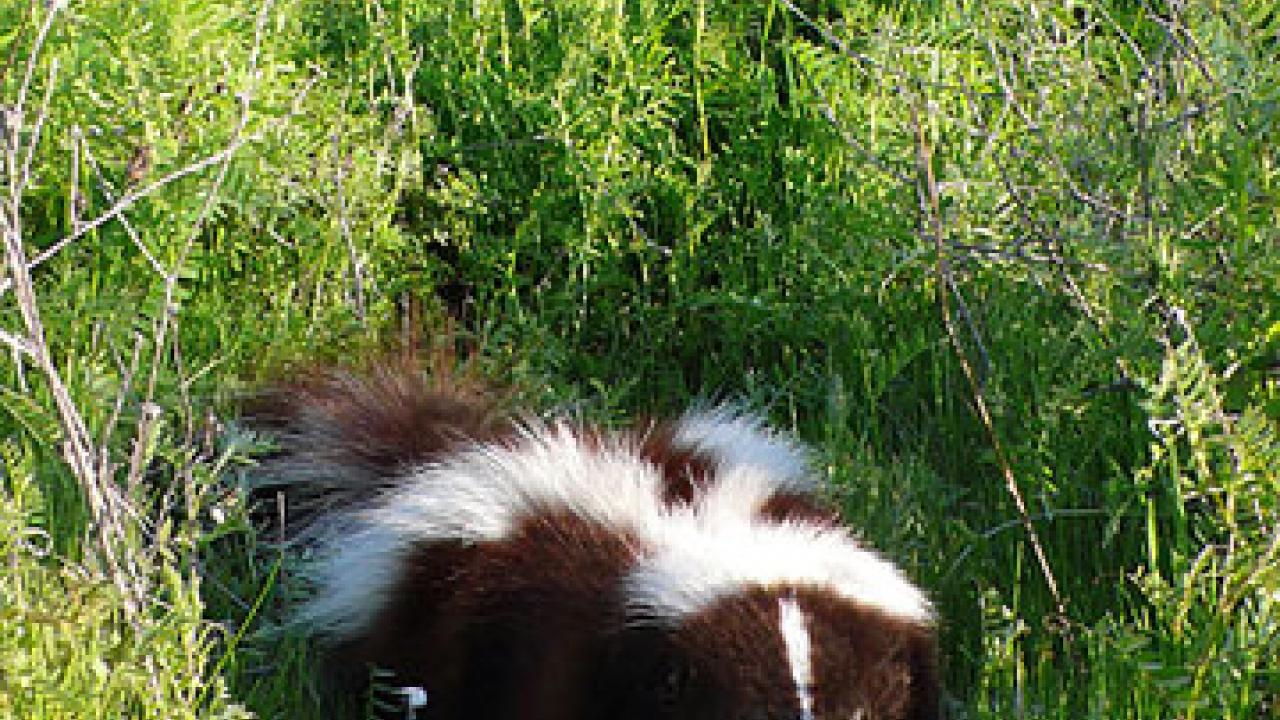How do the many carnivorous animals of the Americas avoid competing for the same lunch, or becoming each other’s meal? Two researchers at UC Davis think they have an answer. Their large-scale analysis shows that it’s not just chance that’s at play, but the avoidance strategies themselves that have been a driving force in the evolution of many carnivores, influencing such factors as whether species are active daytime or nighttime, whether they inhabit forests or grasslands, or live in the trees or on the ground.
The Americas are home to more than 80 species of terrestrial carnivores, including cats, dogs, bears, weasels, skunks and raccoons. Commonly, 20 or more species can occupy the same region.
“For the most part, these overlapping species all share the same prey base — other animals — which includes each other,” said Jennifer Hunter, who conducted the study for her Ph.D. dissertation in ecology.
Hunter and co-author Tim Caro, professor of wildlife, fish and conservation biology, first plotted the known ranges of 77 American carnivores on one big digital map. Assuming that wherever ranges overlapped, competition and predation between those species was possible, they then compared those animals’ behavioral characteristics, body sizes and coloration. By analyzing this huge matrix of information, they were able to tease out broad patterns of strategies employed by each family.
For example, their map showed that the bear and dog families shared ranges with the greatest number of potential competitors. Most species in these families are omnivores, which helps reduce competition for a meat diet.
Raccoon family members, although small, run the lowest risk of becoming prey, because most live out of harm’s way in trees.
One of their most surprising findings, Hunter said, was that the most petite carnivores — skunks, along with some weasels — lack an avoidance strategy. “When you look at all these overlays of ecology, these guys share all the same space at the same time with other carnivores.”
How do these animals manage to survive? All skunks and a number of weasel species in this exposed group have facial or body coloring with an abrupt demarcation between white and dark. For skunks, this contrasting coloration almost surely warns predators of their noxious spray, Hunter explained, while with some weasel family members — the notoriously aggressive badgers and wolverines, for example — it may warn of ferocity.
The work provides a body of evidence for why these behaviors have evolved that could not have been obtained in the field, Hunter said.
The findings were published in the December issue of Ethology, Ecology and Evolution.
Media Resources
Liese Greensfelder, Research news (emphasis: biological and physical sciences, and engineering), (530) 752-6101, lgreensfelder@ucdavis.edu
Jennifer Hunter, (530) 219-7844, jshunter@ucdavis.edu
